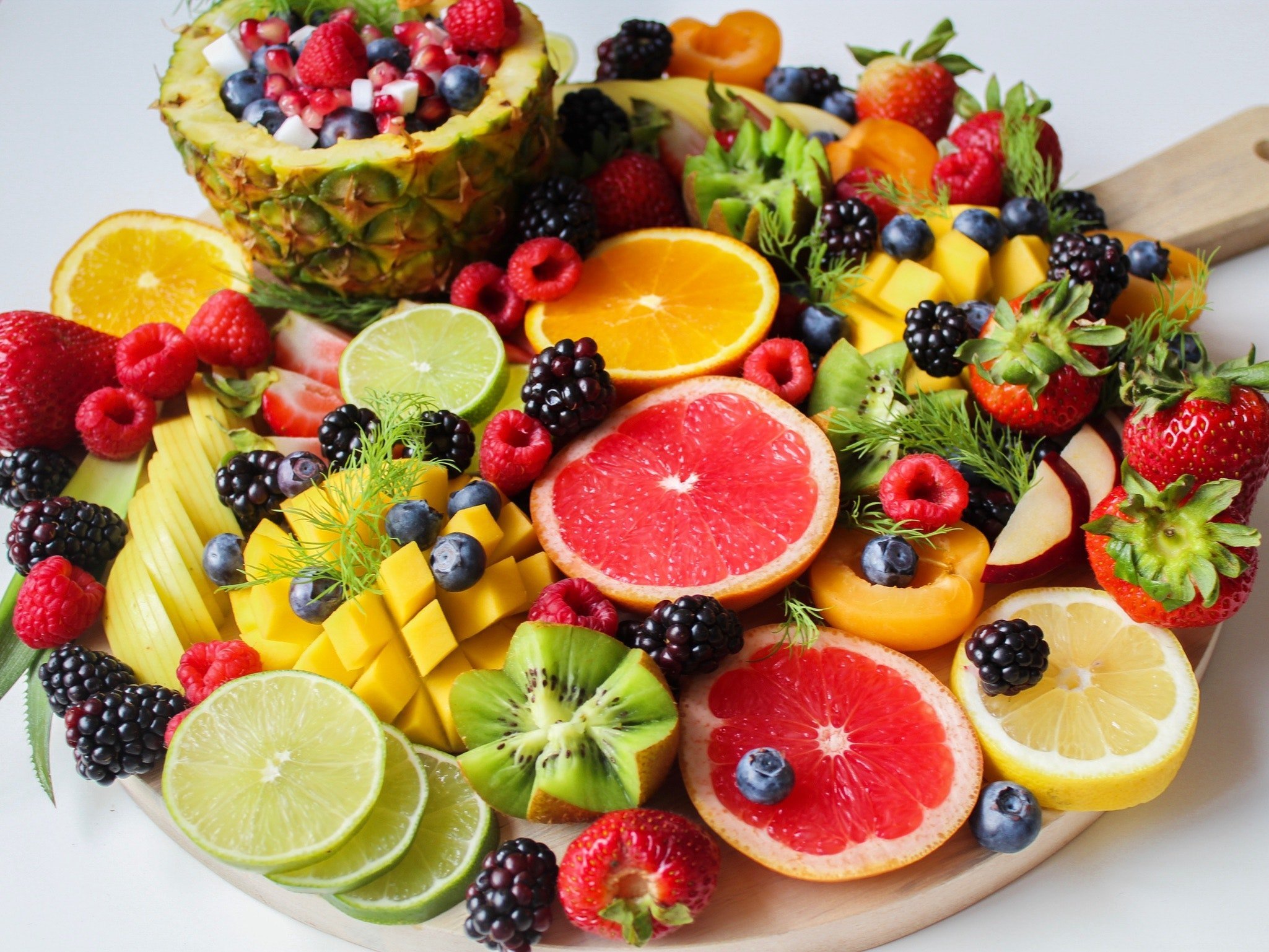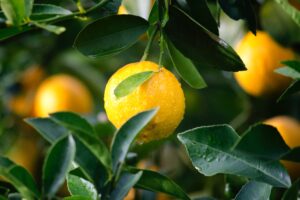Citrus Fruit Classification, Distribution and Importance
Citrus fruit classification creates complications among horticulturist and botanist. Here you can get complete information about citrus fruit, horticultural citrus fruit classification, citrus fruit taxonomy and complete history of citrus fruit.
In 1943 famous scientist Swingle classified citrus fruit into 3 genera
- Citrus (Includes 16 species)
- Poncirus (Include 1 specie)
- Fortunella (Includes 4 species)

Moreover, Hodgson in 1961 classified citrus into thirty-six species. Usually Swingle’s classification is followed.
Read Also; lawn establishment
Citrus Fruit Classification
Taxonomy of citrus:
Family ………………..Rutaceae
Sub-family……………Aurantioideae
Tribe………………….Citreae
Genus……………….. 1. Citrus
- Fortunella
- Poncirus
Genus Citrus.
It includes evergreen shrubs and trees. They have usually leathery thick leaves with winged petiole. Flowers are pink or white, calyxes are small, sepals are hard, petals are thick with oil cells. Stamens are up to 15 to 60 and ovary is superior. It comprises of few ovules and 8 to 15 carpels. Botanically fruit is called as hesperidium berry. Seeds are polyembryonic.
It is divided into 2 sub-genera. All edible species are under Eucitrus while Papeda species are inedible. Some important species are ;
- Sweet orange
- Mandarin
- Grapefruit
- Chakotra
- Sweet lime
- Kahgzi lime
- Lemon
- Citron
- Sour orange
- Rough lemon
Genus Poncirus.
It has only, P. trifoliate Raf., specie. Trees are deciduous in nature, with compound leaves and three leaflets. Trees are small in size with spines. Flowers have following characteristics;
- Sessile
- Born on previous year wood
- Open
- Wide
- Flat
- Creamy white
This specie is mostly used as rootstock in low temperature areas.
Genus Fortunella.
It comprises of four species but 2 are commercially important. One is F. margarita Swing and 2nd is F. japonica Swing. These are locally called as oval kumquat and round kumquat respectively.
Tree
- Small
- Small green leaves
- Paler on outerside
Flowers
- White
- Smaller than citrus
Fruit
- Small
- Orange color
- 3—6 cells
- Acidic
- Juicy
- Sweet and edible rind
The other two species are;
- crassifolia Swing
- hindsii Swing
Hybrid Species.
Citrus group have many hybrids which are commercially important. Here are some important crosses and their hybrid produce;
- Poncirus * sweet orange = Citranges
- Citrange * Fortunella = Citrangequats
- Mandarin * grapefruit = Tangelos
- Lime * Fortunalla = Limequats
- Poncirus * grapefruit = Citrumellos
- Poncirus * mandarins = Citrandrins Also visit
https://en.wikipedia.org/wiki/Citrus
Distribution and importance of citrus fruit:
Tropical and subtropical climates are best for citrus cultivars. Its cultivation in any country depends on following factors;
- Minimum temperature
- Temperature tolerance of cultivars
- Latitude
- Altitude
- Water bodies
- Ocean currents
- Air drainage
- Rainfalls
- Local conditions
Important citrus producing countries are;
- China
- India
- Japan
- Pakistan
- Syria
- Turkey
- Italy
- Spain
- France
- Greece
- Russia
- South Africa
- Algeria
- Tunis
- Egypt
- Libya
- Sudan
- Argentina
- Brazil
- Jamaica
- Mexico
- USA
- Australia
Citrus is widely growing in Pakistan almost in all provinces but Punjab covers 95% of total crop. Total production area is about 160,000 hectares and annual production is 1.5—2 million metric tons (MMT).

